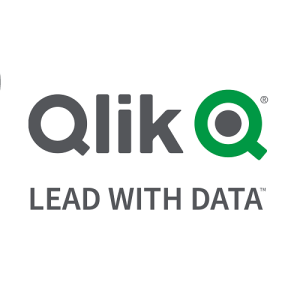| Managing Director at Hurricnae | 5.0 | In my review of QlikView, I find it excels in data integration, development speed, and flexibility in visualization. However, the high cost is a significant issue, especially compared to Power BI. Despite this, clients experience substantial time-saving benefits and ROI. |
| Assistant Vice President at a financial services firm with 51-200 employees | 4.5 | I have used QlikView in my company for its superior data visualization and business intelligence capabilities. It offers good value for money, but improvements are needed, especially in making Qlik Sense features available and enhancing layout container functionalities. |
| Commercial Finance Controller at Imtiaz Super Market | 3.0 | We use QlikView for its cost-effectiveness and ease of database integration. Its adaptable analytics dashboards and efficient filtering are valuable, though it could improve user-friendliness for non-IT users. We previously used an in-house MIS before QlikView. |
| Director Software Engineer at a computer software company with 10,001+ employees | 4.0 | I used QlikView for data visualization and reporting, appreciating its ETL capability and performance, but it lacks self-service features, making users rely on IT. Despite being costly, Qlik Sense offers a more modern, self-service approach. |
| Technical Lead at GSPANN Technologies | 4.5 | In my manufacturing unit, QlikView is essential for tracking KPIs and visualizing data through various chart types. Its QVD concept, access control features, and automated task scheduling enhance performance and security. Integration of Qlik Sense features would be beneficial. |
| Head of Product at Quantiphi | 5.0 | I use QlikView for ETL and visualization, appreciating its extensive Microsoft library. While it's dynamic compared to SAP's Business Objects and Tableau, it could improve user-friendliness, cloud availability, and smart notifications to enhance deployment management. |
| Senior Analyst at a healthcare company with 5,001-10,000 employees | 3.5 | We use QlikView for business analytics in healthcare, valuing its Snowflake schema and ETL capabilities. While an out-of-the-box modeling solution could enhance it, we also consider Tableau, Power BI, R, and Python for our BI needs. |
| Partner at Bios Management | 4.5 | I manage financial and industrial planning with QlikView, appreciating its efficient backend data management and user-friendly browsing. However, compatibility issues arise on the frontend when integrating with other platforms, affecting seamless data navigation. |




